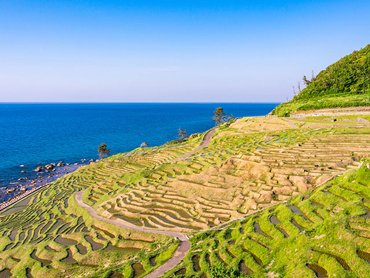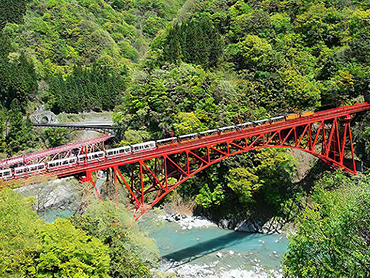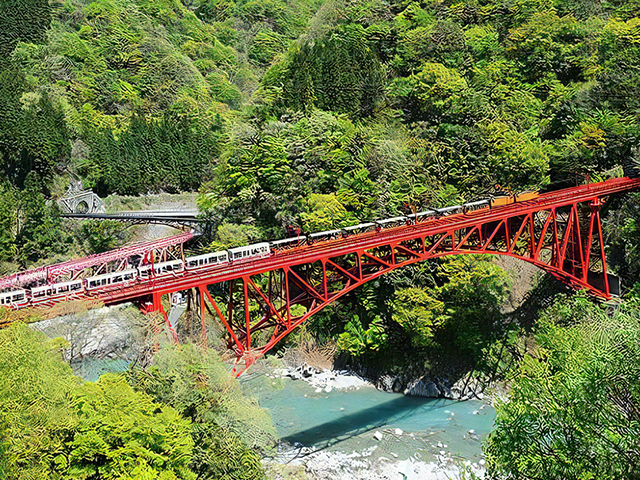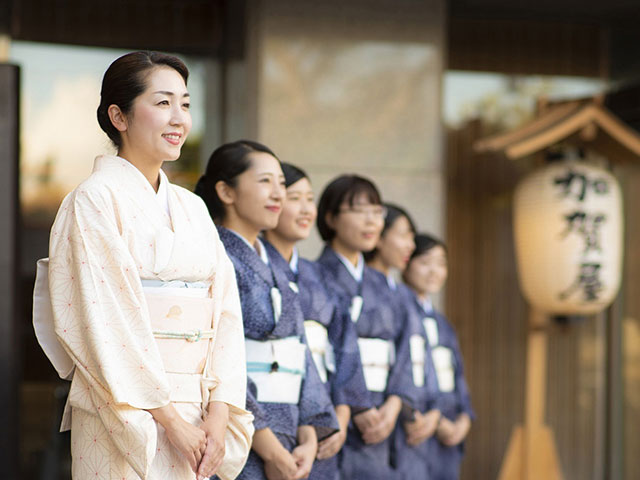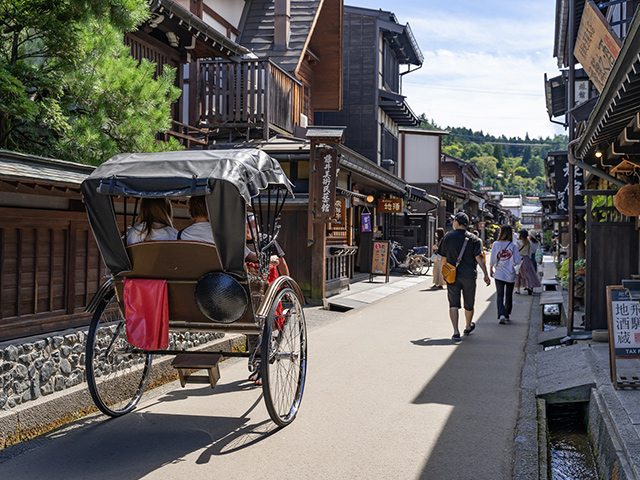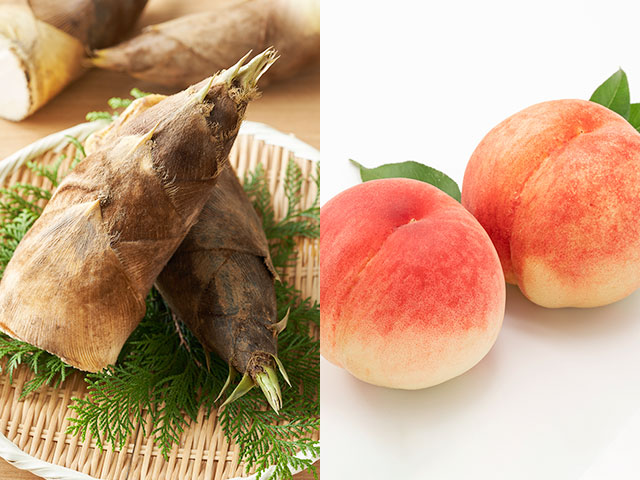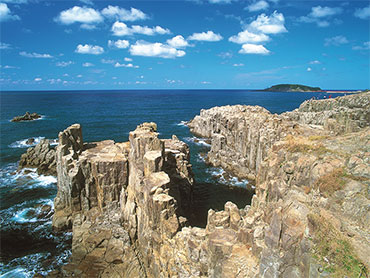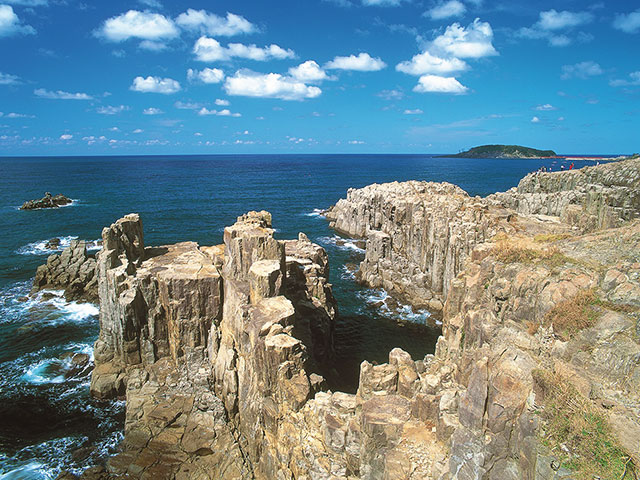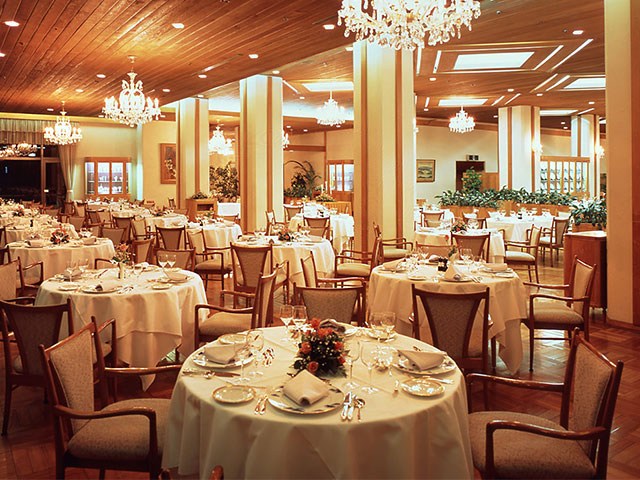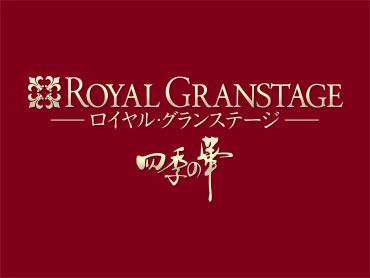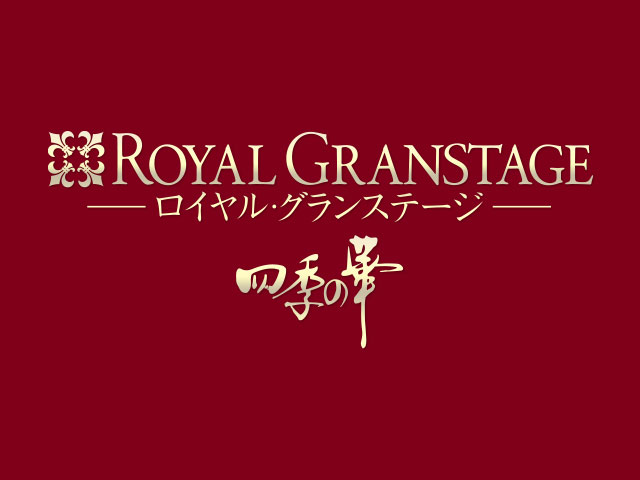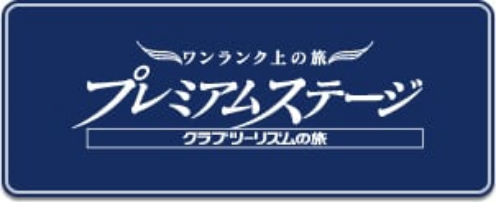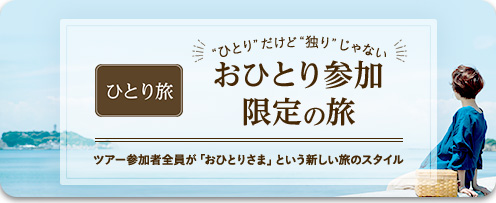Kanazawa's attractions and sightseeing spots


For Kanazawa tours and trips, leave it to Club Tourism! With a tour guide, you will be fully supported! We provide information on tourist spots such as Kenrokuen Garden and Higashi Chayamachi, food recommendations, popular hotels, and more. It's easy to search and apply for tours. We offer Shinkansen, airplane, and bus tours!
Kanazawa Attractions Map


Recommended sightseeing spots in Kanazawa
Kenrokuen Garden

日本三名園のひとつ、兼六園は北陸の小京都・金沢きっての見所。
庭園は江戸時代の代表的な池泉回遊式で、シンボルともいえる灯篭をはじめ、霞ケ池、瓢池、曲水、築山が見事に配されています。
春の桜に秋の紅葉、冬の風物詩雪吊りと、四季折々に美しい景観を楽しむことができます。
Search for tours here
Kanezawa Park

加賀藩の居城であった金沢城の城址を整備してつくられた都市公園。
園内には、木造城郭建築として五十間長屋や菱櫓、橋爪門続櫓などの歴史的建造物が復元されています。
重要文化財の石川門の堂々たる構えと、夜のライトを浴びた幻想的な姿が印象的です。
Search for tours here
Seisonkaku

重要文化財・成巽閣は加賀前田家13代藩主夫人真龍院のため、兼六園に造られた御殿です。
整然とした武家書院造りの謁見の間や意匠を凝らした数寄屋風書院造りの群青の間から成り、四季に合わせて展示される前田家伝来の数々の美術工芸品も見所のひとつです。
Search for tours here
Oyama Shrine

加賀藩初代藩主・前田利家公と正室お松の方を祀った尾山神社は、石段の頂上にそびえる三層楼門造りの神門がひときわ目を引きます。
高さは25メートルもあり、最上階の窓は四方に五彩のギヤマンがはめ込まれ、日本海を渡る帆船の灯台代わりにもなっていました。
Search for tours here
Higashi Chaya District

美しい出格子の街並みが残るひがし茶屋街は今もなお、昔の面影をとどめています。灯ともし頃にもなれば、今でも軒灯がともる茶屋から三味線や太鼓の音がこぼれてきます。
平成13年に国の重要伝統的建造物群保存地区に選定され、「街並みの文化財」として保存策が進められています。
Search for tours here
Nagamachi Samurai Residence Site

長町界隈は、かつての藩士が住んでいた屋敷跡であり、土塀の続く町並みの中では今も市民生活が営まれています。石畳の小路を散策すれば、当時の雰囲気がしのばれます。
雪から土塀を守る「こも掛け」は金沢の冬の風物詩となっています。
Search for tours here
Omicho Market

近江商人が金沢にやってきて開いたといわれる近江町市場は、金沢の台所として古い歴史をもっています。
観光客のショッピングスポットにもなっており、新鮮な鮮魚をはじめ、青果、乾物、雑貨など200軒余りが並び、金沢市民、観光客を問わず賑わいをみせています。
Search for tours here
21st Century Museum of Contemporary Art, Kanazawa

2004年10月9日にオープンした、ガラス張りの円形美術館。
「まちに開かれた公園のような美術館」を建築コンセプトとし、館内は有料の展覧会ゾーンと無料の交流ゾーンに分かれています。
館内外では五感で楽しめる、建物と一体化した作品が鑑賞できます。
Search for tours here
Gyokusen'inmaru Garden

写真提供:金沢市
江戸時代初期から作庭が始まった加賀藩主・前田家の大名庭園の姿を再現。
金沢城内の玉泉院丸に存在していた庭園。明治に入って廃絶されましたが、平成になって整備して再開園されました。整備の際に、地中に埋蔵されている庭園遺構を保存・再現されています。庭園を回遊できる園路の整備や、庭園の全景を眺められる休憩所(玉泉庵)を設置。季節によってライトアップも楽しめます。
Search for tours here
Gourmet
Kaga vegetables

金沢市近郊で古くから栽培されている加賀れんこん、金時草(きんじそう)、源助大根など15品目を総称した呼び名が「加賀野菜」です。
加賀料理に欠かせない食材として伝えられてきましたが、昨今のPRの成果もあり、京野菜と並び全国に知られるようになってきました。
近江町市場などで販売されており、認定シールが目印です。
Seafood bowl

写真提供:金沢市
地元の新鮮な魚介類などを使った「海鮮丼」を楽しむことが出来ます。特に近江町市場ではさまざまなお店が自慢の海鮮丼を提供しており、器からこぼれんばかりに盛り付けられた豪快な丼も人気を集めています!
Million-koku Sushi

写真提供:金沢市
「百万石の鮨」は季節ごと、旬のネタなどをつかった特選10貫です。10貫のうち1貫は「親父の一貫」として、それぞれのお店の個性あるイチ押し握りが含まれています。職人技が光る季節の味を是非お楽しみください。
Kano crab and Kobako crab

加能ガニ(写真提供:石川県観光連盟)
石川県で水揚げされたズワイガニは「加能ガニ」としてブランド化されており、脚に付けた〈青いタグ〉が目印です。漁期は毎年11月6日から翌年3月20日頃までで、シーズン中の市内の飲食店ではカニ料理が盛況です。メスのズワイガニは「香箱ガニ」とよばれ、こちらの漁期はオスより短く12月末まで。香箱ガニは小ぶりで繊細な味わいで、未成熟卵の内子、プチプチと弾ける外子の食感が大変美味です。
Kaga cuisine

加賀料理・治部煮(写真提供:石川県観光連盟)
蒔絵を施した漆器や、色鮮やかな九谷焼の器に盛り付けられた美しい加賀料理。豊かな食材、伝統工芸、もてなしすべてが一体となった、金沢の食文化の集大成です。新鮮魚介のお造りをはじめ、伝統の治部煮、祝いの席に供される鯛の唐蒸しなどを代表として地元の旬の食材を生かした季節感あふれる料理です。
Specialties and traditional arts
Geisha

金沢には「ひがし」「にし」「主計町」の3つの茶屋街あり、それぞれが今も昔の面影を残しています。風情ある出格子の町並みとともに金沢芸妓の磨き抜かれた芸が継承されています。
一見さんお断りのお座敷だけではなく、芸妓による踊りやお座敷太鼓などを、観光客でも気軽に楽しめるイベントが年に数回開催されています。
Gold Leaf

わずか1万分の1~2mmの薄さの金箔。箔づくりに適した気候とよい水質に恵まれた金沢は金箔の全国生産量の99%のシェアを誇る産地です。
しなやかで美しい光を放つ金箔は美術工芸品に生かされ、加賀百万石の文化を支えてきました。
工芸品だけではなく、金箔が使われた食品や化粧品などのお土産も人気です。
Kaga Yuzen

加賀友禅は落ち着きのある写実的な草花模様を中心とした絵柄が特徴です。
制作工程はすべて職人たちの手仕事によるもので、加賀五彩と云われる配色により、力強くも上品な落ち着きを感じさせます。
着物だけではなく、和装小物、インテリアなどにこの技法が応用されています。
Kaga Kutani

加賀九谷の細かな筆遣いは豪華な気品や風格を感じさせます。
九谷焼の魅力である鮮やかな絵柄は時代とともに次々と新しいデザインが生まれ、今日ではそれらのデザインをもとに多くの作家が活躍しています。

